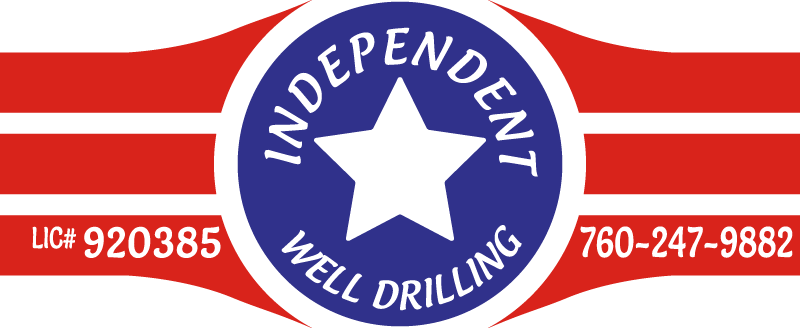Commercial - Residential - Agricultural - Industrial - Environmental - Geothermal - Construction
Frequently Asked Questions
WE ANSWERED SOME OF YOUR QUESTIONS
What factors should I consider before drilling a water well?
Before drilling, consider the property’s location, local groundwater availability, and existing wells in the area. Use geologic and topographic maps to evaluate potential water sources.
How do I know if I need a new water well?
Signs you may need a new well include reduced water pressure, changes in water quality, or if your existing well can no longer meet your household or property’s water demands. Our team can perform a thorough assessment to determine the best solution.
How can I evaluate groundwater quality?
Groundwater naturally contains minerals and substances from soil and rock. Testing is essential to ensure it meets standards for drinking or irrigation, as quality varies by location.
How much water do I need for my residential water well?
o properly design a Residential Water Well System, we need to know the number of water fixtures and outlets in your home. This helps us determine the correct pumping capacity, based on 1 gallon per minute (GPM) per fixture.
For Example:
For a four-bedroom house with two and a half baths, you might have the following fixtures:
Baths: 3 Kitchen Sink: 1
Laundry Sinks: 2 Toilets: 3
Automatic Washing Machine: 1
Dishwasher: 1 Laundry Tub: 1
Ice Machine: 1 Outside Faucets: 4
This results in a total of 17 fixtures, which would require 17 GPM. For this application, the proper size submersible pump would be a 1.5 HP, which can pump approximately 18-20 GPM.
If you have additional water needs, like an in-ground sprinkler system, those should be added to the total pumping capacity. Proper sizing of the pump and pressure tank ensures years of reliable service. A slightly larger pump is always better than one that’s too small, as an undersized pump may need replacement sooner or provide unsatisfactory performance..
What happens during a water well video inspection?
After we inspect your well, we provide a video recorded during the process. This video helps us clearly show you the depth of the well casing, any signs of deterioration, mineral buildup, or potential contamination points. This visual insight allows you to better understand the condition of your well and the steps needed to maintain or improve it.
How does groundwater move and where does it come from?
Groundwater is part of the hydrologic cycle. Rainfall and snowmelt seep into the ground (recharge areas) and move through aquifers before reemerging at springs or streams (discharge areas).
What’s the difference between unconfined and confined aquifers?
Unconfined aquifers are near the surface and easier to drill but more prone to contamination. Confined aquifers are deeper and sealed by impermeable layers, offering better water quality but requiring more complex drilling.
Should I drill a well or connect to a public water supply?
Drilling offers independence and lower long-term costs but involves upfront expenses and maintenance. Public water supplies are more reliable but may have limited availability and higher monthly costs.
How long does it take to drill a well?
The time to drill a well varies depending on factors such as soil type, depth required, and site conditions. On average, it takes a couple of days to complete the drilling process. Depending on the complexity of the project, it can take a couple of weeks. We will provide a detailed timeline after an initial site evaluation.
What is involved in well maintenance?
Well maintenance includes regular inspections, water quality testing, pump servicing, and cleaning to ensure optimal performance and safety. Scheduling annual maintenance can help extend the life of your well and prevent costly repairs
Can you treat hard water or remove contaminants from my well water?
Yes, we offer water treatment solutions like filtration systems, water softeners, and reverse osmosis to address hard water, iron, sulfur, and other contaminants. We customize treatment plans based on your water analysis results.
What areas do you serve?
We proudly serve all of California. We are based in San Bernadino County and often travel throughout the state. Please note that if you have a smaller project that is farther away that the cost will be higher due to trip fees and therefore may not be as efficient, but we will be happy to help regardless.
